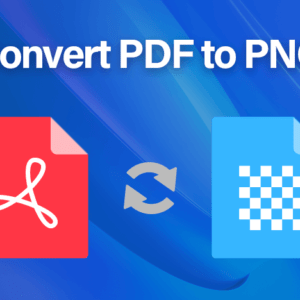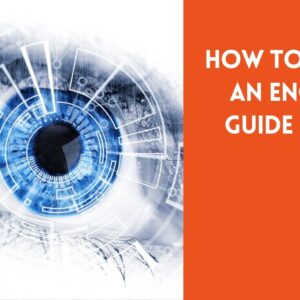A remote online notarization, also known as online notarization or virtual notarization, is a kind of notarization that depends on online audio-visual communication to complete the notarization process. An audio-visual platform is necessary to communicate between the two parties to avoid physical contact between the notary and the document signer. State governments are increasingly making efforts to accommodate RONs and to lay out precisely what conditions must be met by the parties involved. A remote online notarization may need the notary to obtain additional training or licensure in certain states before they may conduct the service.
Many Notaries have inquired about how a remote online notarization (RON) procedure is carried out. The following are detailed steps for performing a RON procedure.
- If the signer wishes to have a remote online notarization performed, they should contact the notary or a RON service provider.
- Find a notary public in your state who can conduct RONs. You can consult an estate planning lawyer or your title agent if you’re writing a will. If you’re closing on a home, you can check with the secretary of state’s office (or check their website to see if they keep a list of approved vendors). You can also use one of the relatively new online notarization services to connect you to a virtual notary. The requirements for a remote notary vary significantly from state to state, and it may be challenging to locate an authorized notary in your jurisdiction.
- The document signed by the signer is sent to the notary so that it may be signed and notarized. It is common practice to submit the copy in an electronic format such as PDF to the online technology platform, which helps notarize.
- The signer’s identity is verified following the state’s regulations in which the notary was appointed. In some cases, this may include answering questions based on the signer’s personal and credit history, verifying the signer’s identification documents online (credential analysis), and the notary remotely viewing the signer’s ID during the notarization or other RON identification methods as specified by state law.
- A remote online notarization occurs when the notary and the signer connect online using audio-visual technology — for example, a webcam — to complete the transaction. The notary and the signer do not have a face-to-face meeting.
- Once the signer’s identity has been confirmed and other conditions for notarization met, the document must be signed by both the signer and the notary. It necessitates the use of electronic signatures and an electronic replica of the notary’s seal in the case of electronic documents.
- The notary enters any necessary information for the notary’s journal entries in their notebook. In most cases, the notary must also keep an audio and video recording of the notarization session for their records.
- The remotely notarized document is returned to the signer.
Understanding Notary Technology
Notarization used to be straightforward: the signer appeared in front of the notary with a signed paper document; the notary verified the signer’s identity; the notary completed the notarization by signing with an ink pen and affixing a physical seal impression, and the notary signed and sealed the document. It’s not relatively that straightforward anymore. Many states now allow Notaries to notarize electronic documents, sign with a signature pad, or click a button on a computer screen, in addition to traditional paper papers.
Notarizations can not only be performed without the use of paper (known as “In-Person Electronic Notarizations” or “iPEN”). However, states that allow remote online notarization (known as “RON”) also allows the notary and signer to communicate while hundreds or even thousands of miles apart. iPEN is a trademark of the International Notary Association.
As technology continues to play an increasingly crucial part in notarizations, several states are requiring Notaries to acquire and employ electronic signatures, electronic seals, and digital certificates to execute iPENs or RONs to comply with state regulations. For those who are not well-versed in technical jargon, knowing what these various tools accomplish, how to use them, and whether they comply with your state’s Notary requirements may be exceedingly perplexing.
Remote online notarizations are fast becoming more common, particularly in light of the significant push, bred of necessity, that has occurred during the COVID-19 period. RON is here to stay, but concerns have been raised about cybersecurity, encryption, and storage of sensitive electronic documents in the changing industry and whether some identity verification methods—such as when a notary examines a picture ID over a camera—are adequate. Remote internet notarizations are still a relatively new concept in many states. The states’ interim measures, created in a hurry to react to situations, may sometimes leave gaps and raise issues.
Some lawyers are skeptical of relying on them and suggest re-executing (re-signing and re-notarizing) legal papers regularly after the emergency has passed, rather than depending on them. However, it is inevitable that remote internet notarizations are making significant advances and are gradually becoming more ingrained in our everyday lives.





